Why indoor fan stops during automatic speed on Panasonic CS-TZ20TKEW-1?
- AAaron BradleySep 8, 2025
If the indoor fan of your Panasonic Air Conditioner stops occasionally during automatic fan speed setting, it helps to remove the surrounding odour.
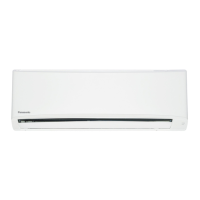
Why indoor fan stops during automatic speed on Panasonic CS-TZ20TKEW-1?
If the indoor fan of your Panasonic Air Conditioner stops occasionally during automatic fan speed setting, it helps to remove the surrounding odour.
Why airflow continues after stopping Panasonic CS-TZ20TKEW-1?
If airflow continues even after your Panasonic Air Conditioner has stopped, it's extracting remaining heat from the indoor unit, which can take up to 30 seconds.
Why the room has a peculiar odour when using Panasonic CS-TZ20TKEW-1?
If you notice a peculiar odour in the room when using your Panasonic Air Conditioner, it may be due to damp smells emitted by the wall, carpet, furniture, or clothing.
Why outdoor unit emits water from Panasonic CS-TZ20TKEW-1 Air Conditioner?
The emission of water or steam from the outdoor unit of your Panasonic Air Conditioner is due to condensation or evaporation occurring on the pipes.
Why plastic parts of Panasonic CS-TZ20TKEW-1 are discolored?
Discoloration of some plastic parts in your Panasonic Air Conditioner is subject to the material types used and is accelerated when exposed to heat, sunlight, UV light, or environmental factors.
| Cooling Capacity | 2.0 kW |
|---|---|
| Heating Capacity | 2.5 kW |
| Energy Efficiency Class (Cooling) | A++ |
| Energy Efficiency Class (Heating) | A+ |
| Refrigerant | R32 |
| Power Supply | 220-240 V, 50 Hz |
| Indoor Unit Weight | 8 kg |
| Type | Split System |
| Noise Level (Indoor) | 19 dB |
Step-by-step guide for inserting batteries into the remote control.
Instructions on how to set the clock on the remote control.
How to choose between AUTO, HEAT, DRY, and COOL operating modes.
Instructions for turning the air conditioner on and off.
How to set the desired temperature using the remote control.
Critical safety warnings for both indoor and outdoor unit operation.
Safety guidelines related to the use and handling of the remote control.
Precautions regarding the electrical power supply and connections.
Specific warnings and precautions for using R32 flammable refrigerant.
Guidelines for selecting an appropriate installation space for the unit.
Procedures and qualifications for service personnel and work.
Methods for checking for the presence of refrigerant and potential hazards.
Safety measures concerning fire extinguishers, ignition sources, and ventilation.
Checks required for refrigeration equipment and components.
Safety checks for electrical components during maintenance.
Safety procedures for repairing components and checking cabling.
Methods for detecting flammable refrigerants safely.
Procedures for detecting leaks and removing/evacuating refrigerant.
Steps for charging refrigerant and decommissioning the unit.
Requirements for labelling equipment and safely recovering refrigerant.
Controlling airflow direction and fan speed settings.
Activating POWERFUL or QUIET modes for specific operational needs.
Utilizing the sleep mode for a comfortable sleeping environment.
How to set ON and OFF timers for automatic operation.
Detailed explanation of operation modes, energy saving settings, and auto restart.
How to clean the indoor unit gently with a soft, dry cloth.
Procedures for cleaning the outdoor unit and maintaining air filters.
Steps for removing and cleaning the front panel of the unit.
Identifying common issues that do not indicate malfunction and their causes.
Checks to perform before calling for servicing to resolve common problems.
Troubleshooting steps for remote control problems and unit operation.
Conditions requiring professional service or dealer consultation.
Guidelines for the proper disposal of used electrical products and batteries.
Specific disposal information for business users in the EU and other regions.
Understanding the meaning of battery symbols and their regulatory compliance.
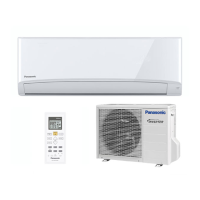
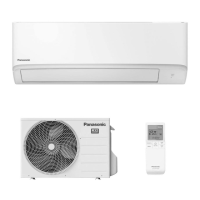
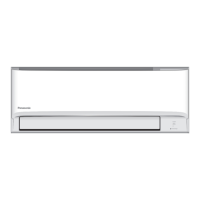

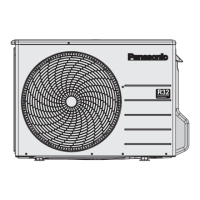


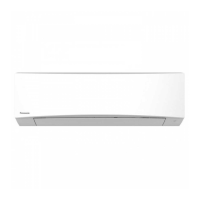



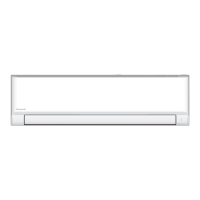
